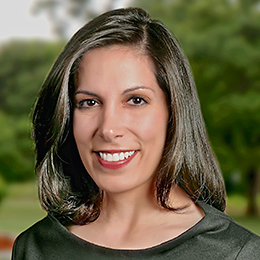By Nonie Arora
It has been almost ten years since the first draft sequence of the human genome was completed in 2003, and some patients are starting to see benefits in clinic.
Dr. Nancy Andrews, Dean of the School of Medicine, recently spoke to undergraduate students about “When the Genome Gets Personal” over a hearty dinner of chicken stuffed with goat cheese, rice pilaf, and caramelized brussel sprouts. She was the latest guest in the 2012 Chautauqua West Lecture Series.
Andrews explained how DNA sequencing analysis can lead to a new diagnosis for patients. Even if the disease is not treatable, a diagnosis can mean a lot to patients and families, said Andrews.
“We are pushing boundaries between taking care of patients and doing research. The lines are blurry,” she said. Researchers want to sequence patient DNA to find causes for genetic diseases and, at times, to help individual patients who don’t have a diagnosis, according to Andrews.
She said it is easy to find variations in DNA sequence, but much, much harder to know how to interpret the changes. One of the tricky situations researchers face is telling parents or patients what they have found when they are not certain of the finding’s significance. She chairs a committee at Duke that is working on standards to help guide researchers to know what to report and how to design informed consent forms.
Andrews said DNA sequencing is already being used in clinical care: about $5 billion a year is spent on clinical sequencing. However, this sequencing is highly focused on genes relevant to the clinical situation; insurance companies will not yet support exploratory whole-genome sequencing. Andrews pointed out that there is a potential for exploitation by private for-profit companies with DNA sequencing capability, which may overstate their claims or capabilities.
Complicated scenarios can arise when sequencing is done in families. Among other issues, “There is a very real possibility of learning dad is not the biological father,” Andrews said.

Example of a pedigree generated from discussion of family history with patients, modified from Wikimedia Commons
Andrews said that clinical geneticists are going to need algorithms for interpreting sequence data and standard principles for revealing information for patients. These are under development at Duke and across the country.
Ultimately, Andrews thinks that personalized medicine “shouldn’t just be about genetics and genomics but [it should] also incorporate many other types of clinical data, including imaging studies and patient preferences, as well as a deep understanding of environmental factors.”















